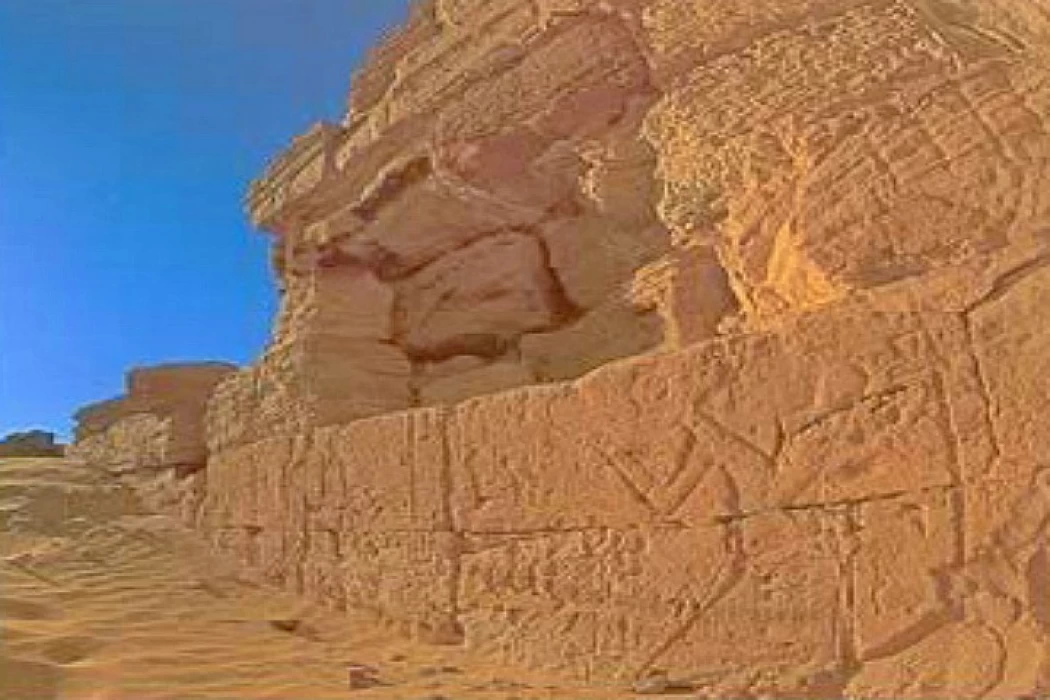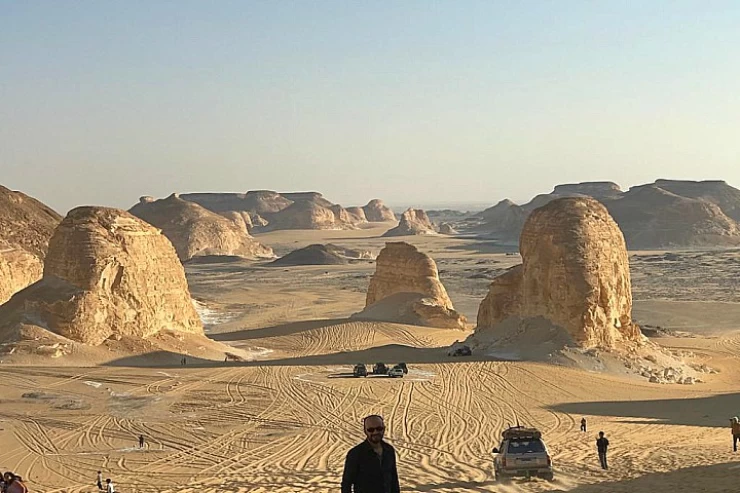
El Qasr Village in Bahariya Oasis
Information about El Qasr Village in Bahariya Oasis
About 300 kilometers separate Bahariya, the Northern Oasis, from Cairo. There are many communities within the oasis, with Bawiti being the biggest. The Wahati people who make up the majority of the population are descended from the prehistoric tribes who originally inhabited the region from Libya and the North Coast. The Wahati people are mostly Muslim, and there are several mosques in the region.
The historical significance of Al Qasr is suggested by the ruins of a temple, which have been reduced to a single big stone. A group of tombs carved into a sandstone ridge may be found nearby at Qarat el-Hilwa, approximately 3 kilometers south. These tombs are the earliest Pharaonic Period artifacts in the region, indicating an old cemetery that was an important part of the town.
El Qasr's history dates back to Roman colonization, although the town as it exists now started to take shape from the end of the 12th century, during the Islamic era. El Qasr is said to have been founded by the Ayyubids, although the visible mud-brick remains belong from the Ottoman Turk era (1516–1798), when it served as the Dakhla Oasis' capital.
Approximately 700 people still live in the town and engage in traditional artisan activities, including basket and pottery weaving.















